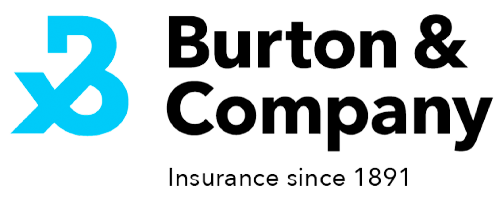
In the residential construction industry, safety training programs are not merely regulatory requirements; they are strategic investments that can significantly reduce insurance premiums. By developing a culture of safety, home builders can reduce workplace accidents, lower workers’ compensation claims, and present a favorable risk profile to insurers, resulting in substantial cost savings.
The Connection Between Safety Training and Insurance Premiums
A company’s risk profile is the primary influence on its insurance premiums. This encompasses past claims history, safety records, and implemented risk mitigation strategies. Effective safety training programs can directly impact these factors, reducing the likelihood of accidents and claims.
According to the Occupational Safety and Health Administration (OSHA), training to perform jobs safely is an investment that pays back repeatedly through fewer injuries and illnesses, better morale, and lower insurance premiums. Maintaining records of all safety and health training is important, as it provides evidence of compliance and proactive risk management.
Quantifiable Benefits of Safety Training
Reduction in Workplace Injuries
A National Institute for Occupational Safety and Health (NIOSH) study evaluated the effects of safety and health training on work-related injuries among over 8,000 construction laborers. The findings revealed that laborers who received such training were 12% less likely to file for workers’ compensation than those who did not. Among workers aged 16 to 24, training was associated with a 42% reduction in claims.
Workplace injuries can be costly for builders, both directly through medical and legal expenses, and indirectly through project delays and reputational harm. Preventing even a handful of injuries through training can lead to substantial long-term savings and operational efficiency.
Lower Workers’ Compensation Costs
The Centers for Disease Control and Prevention (CDC) highlights that employers with a history of elevated claims frequencies and costs can experience higher insurance premiums. Conversely, organizations can help decrease future premiums by adopting safety strategies that reduce occupational injuries and illnesses. Many states require carriers to offer premium discounts for employer-based programs that meet specific criteria, such as safety and health initiatives.
Additionally, employers may benefit from experience modification rate (EMR) reductions. Insurers use the EMR to price workers’ compensation premiums, and companies with strong safety records and fewer claims can receive significant discounts on their policies.
Implementing Effective Safety Training Programs
1. Develop a Thorough Safety Plan
Establishing a job site safety and health program is one of the most effective ways of protecting workers. These programs encourage a proactive approach to identifying and addressing job site hazards before they lead to serious incidents. Collaboration between management and workers can also improve communication and business performance.
Safety plans should include:

- Daily briefings
- Emergency procedures
- Hazard recognition training
- Site-specific safety policies
Consistency in enforcement and frequent review are essential.
2. Use Technology to Enhance Learning
Incorporating digital tools and e-learning platforms makes training more accessible. Online resources, such as OSHA’s training courses, provide thorough information on safety topics relevant to the construction industry.
Some builders implement virtual reality (VR) modules to simulate hazards in a controlled setting. This measure helps improve retention and allows workers to respond appropriately without real-world risks.
3. Keep Training Content Up-to-Date and Aligned with Current Standards
Construction sites and safety regulations are constantly evolving, so it’s important to reassess and refresh training materials routinely. OSHA provides a framework to help employers create and revise effective training programs.
Revisions should be informed by:
- New federal or state regulations
- Lessons learned from previous job site incidents or close calls
- Feedback from employees and on-site supervisors
Keeping a log of these updates shows a continuous commitment to improving safety practices and maintaining compliance.
4. Monitor and Analyze Training Outcomes
To gauge the effectiveness of training efforts, employers should track job site safety performance data. Key indicators might include:
- Frequency of workplace incidents
- Employee training participation rates
- Number of near-miss events reported
- Worker feedback on safety procedures and clarity
Sharing these insights with your insurance provider can show that your company actively manages risk, which could translate into reduced premium rates.
Collaborate with Insurers for Better Outcomes

Working with insurers to understand how they calculate premiums allows builders to target efforts that make a measurable difference. Many insurers offer incentives to those who demonstrate proactive safety practices. The CDC notes that multiple states mandate discounts for employers implementing approved safety programs.
Builders should maintain detailed documentation of their training programs and the results achieved. Presenting this information during policy reviews can improve their insurance outlook and reduce overall costs.
Talk to Burton & Company About Lowering Your Premiums
Safety training is one of the most effective ways for home builders to reduce insurance costs while improving job site performance. Our experienced team at Burton & Company works with builders throughout Virginia to help identify risks, develop effective safety programs, and find insurance solutions that reward those efforts.
Contact Burton & Company today to learn how we can help lower your premiums through proactive planning and ongoing support.

